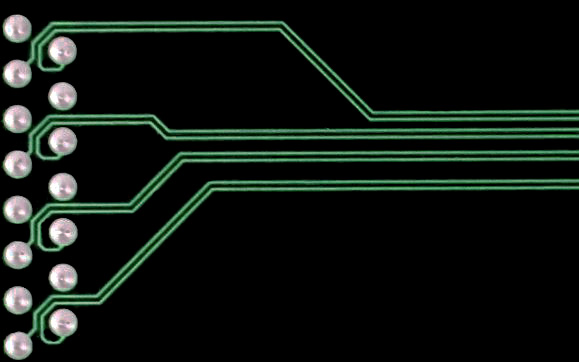EMC Question of the Week: May 27, 2024

A differential signal propagates on two loosely coupled, parallel microstrip traces. Each trace has a 50-Ω characteristic impedance to the ground plane and the differential-mode impedance is 100 Ω. If the traces are routed closer to each other (so that they are no longer loosely coupled), the differential-mode impedance will be
- higher
- lower
- the same
- undefined
Answer
The best answer is “b.” Moving the traces closer reduces the inductance and increases the capacitance between them. Overall, this lowers the differential-mode impedance and makes the common-mode impedance slightly higher.
For loosely coupled traces, terminating each trace in its own characteristic impedance provides a matched termination for both differential-mode and common-mode propagation. For tightly coupled traces, three resistances are required to match both modes. However, tightly coupled traces are often terminated with their odd-mode impedance (half the differential-mode impedance). This provides a matched termination for the differential-mode signals, but not the common-mode.
Note that the differential-mode impedance is the ratio of the voltage (between signal conductors) to the current in a forward-propagating differential-mode signal. For two identical signal conductors, the odd-mode impedance is always half the differential-mode impedance. If the signal conductors are not identical (e.g., have different impedances to ground), the definition of the differential-mode impedance is unchanged, while the definition of the odd-mode impedance is ambiguous.
Have a comment or question regarding this solution? We'd like to hear from you. Email us at
